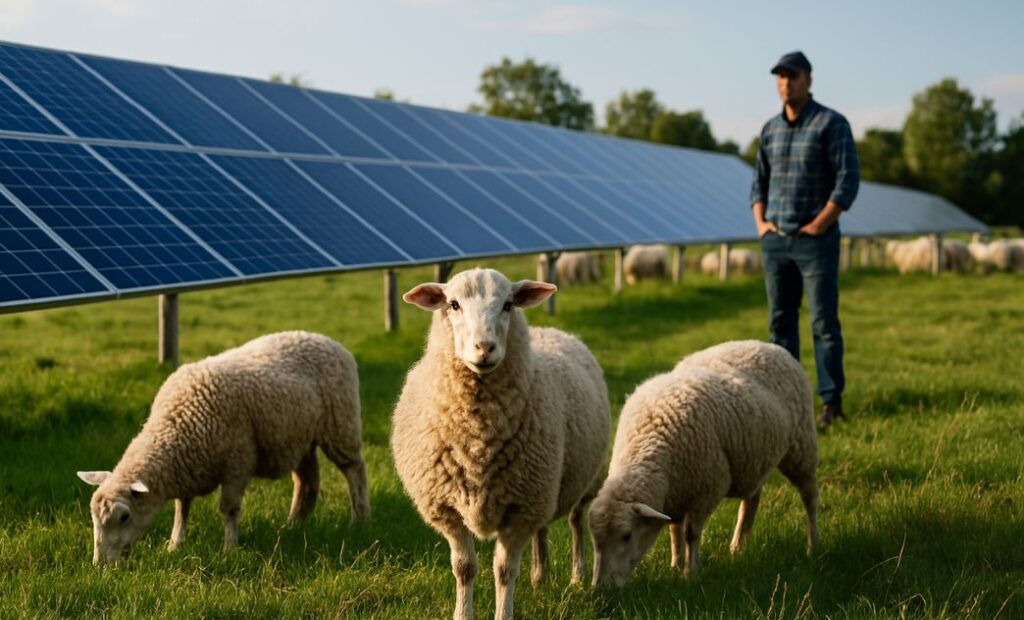A new discussion is emerging around how we define “agrivoltaics” in the U.S., particularly in the context of integrating agriculture with solar energy. While dual-use solar projects are gaining traction as a solution for preserving farmland while supporting clean energy growth, the American Farmland Trust (AFT) recently introduced a definition that many argue is too narrow. Their version emphasizes only active agricultural production—such as crop cultivation or livestock grazing—within solar project areas, effectively excluding ecological benefits like pollinator habitats or native plant restoration from the agrivoltaic conversation.
Critics argue that this approach overlooks the broader value of “ecovoltaics,” a complementary concept that integrates solar development with environmental restoration and biodiversity efforts. By excluding ecosystem services such as pollinator-friendly habitats, the AFT definition limits the flexibility and innovation potential of dual-use projects. Experts suggest a more inclusive understanding of agrivoltaics that considers both agricultural and ecological co-benefits is essential to support long-term land health, productivity, and sustainability.
👉 Source: pv-magazine-usa.com

